Join the
Excellence
Improve your skills in Dermoscopy
with our teaching programs
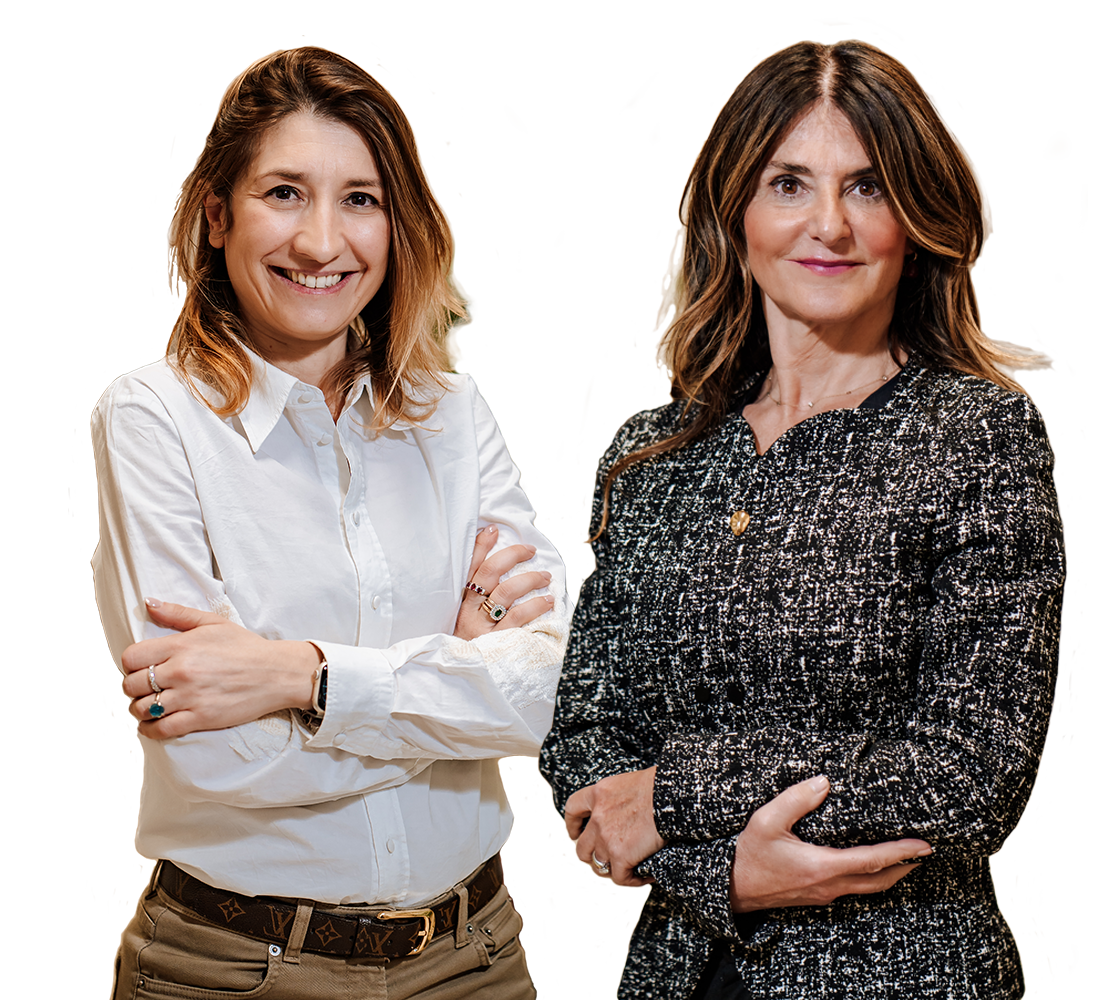

Join the
Excellence
Improve your skills in Dermoscopy
with our teaching programs
Join the
Excellence
Dermoscopy is nowadays the most utilized tool to evaluate patients complaining hair loss or nail disease.
Trichoscopy refers to dermoscopy of hair and scalp and permits to study hair shafts, follicular ostia, scalp skin, and blood vessels. Trichoscopy allows to evaluate several basic parameters such as the density, the diameter, hair shaft diversity, as well as the presence/absence of follicular ostia, the scalp vessels changes and other signs of hair disorders. Trichoscopy also helps clinician to predict the activity of the disease and to evaluate the response to treatments. A further use of trichoscopy is to guide the choice of the appropriate site for scalp biopsy in cases needing a histopathological evaluation.
Onychoscopy, or nail dermoscopy, was initially suggested for the assessment of nail melanocytic lesions, but it use has gradually been extended to the evaluation of all nail dystrophies, becoming a routine diagnostic instrument. In daily practice, onychoscopy is used to reinforce presumptive clinical diagnoses, as well as to guide the management of different nail diseases. In most cases nail dermoscopy only permits a better visualization of symptoms already evident to the naked eye.
However, in a few diseases, the technique can provide important diagnostic information. Nail dermoscopy can study all visible parts of the nail unit, but can also be utilized to observe the nail matrix, the only non-visible nail epithelium, in conjunction with intra-operative methods.
A correct trichoscopy or onychoscopy assessment of the patient requires a good knowledge of both the technique and the physiology of hair and nails.
This masterclass is aimed to provide the necessary knowledge and hail and nail physiology that allows good comprehension of the trichoscopy and onychoscopy signs. Understanding the pathophysiology of the different dermoscopy sign will then allow easy diagnosis and management of the diseases of skin appendages.
Objectives
1
The first part of the masterclass will cover the techniques to correctly perform hair and nail dermoscopy; the attendees will then perform in vivo this exam on the scalp and nails.
2
The second part will be devoted to the dermoscopy study of normal scalp and nail and the explanation of the basic onychoscopy and trichoscopy signs.
3
The last part will cover the main features of the most commonly encountered hair and nail diseases.
1st Edition
OnDemand
THE COMPLETE COURSE
Ony + Tricho
Scientific Coordinators: Prof Bianca Maria Piraccini, Dr Michela Starace
Lessons will be given in English.
Deep learning
16 video lesson
Knowledge improvement
Different techniques in a non-invasive way.


1st Edition
OnDemand
THE COMPLETE COURSE
Ony + Tricho
Scientific Coordinators: Prof Bianca Maria Piraccini, Dr Michela Starace
Lessons will be given in English.
Deep learning
16 video lesson
Knowledge improvement
Different techniques in a non-invasive way.
Our
Profs
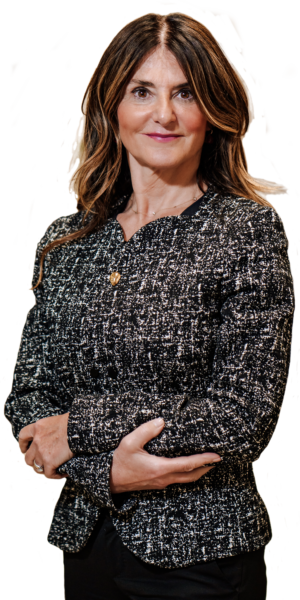
Bianca Maria Piraccini
Full Professor, MED / 35, Dermatology and Venereology – Head of Division of Dermatology, Department of Medical and Surgical Sciences University of Bologna, Italy
Main research fields:
- Hair biology and pathology – Trichoscopy- Nail biology and pathology – Onychoscopy- Medical Mycology
Integrative teaching and student service activities
- Director of the Specialization school in Dermatology University of Bologna since 2019
- Deputy for internationalization of the Department of Medical and Surgical Sciences (DIMEC) Alma Mater Studiorum University of Bologna
- “Mentor” for medical students at the Herbert Wertheim College of Medicine (HWCOM) of Florida International University
Scientific publications
Prof. Piraccini is the author of 401 Journal articles (of which 360 on PubMed), 59 Chapters of Volumes and 11 monographs on dermatological diseases.
She has participated in and participates in numerous national and international congresses and courses where she is often a speaker.

Bianca Maria Piraccini
Full Professor, MED / 35, Dermatology and Venereology – Head of Division of Dermatology, Department of Medical and Surgical Sciences University of Bologna, Italy
Main research fields:
- Hair biology and pathology – Trichoscopy- Nail biology and pathology – Onychoscopy- Medical Mycology
Integrative teaching and student service activities
- Director of the Specialization school in Dermatology University of Bologna since 2019
- Deputy for internationalization of the Department of Medical and Surgical Sciences (DIMEC) Alma Mater Studiorum University of Bologna
- “Mentor” for medical students at the Herbert Wertheim College of Medicine (HWCOM) of Florida International University
Scientific publications
Prof. Piraccini is the author of 401 Journal articles (of which 360 on PubMed), 59 Chapters of Volumes and 11 monographs on dermatological diseases.
She has participated in and participates in numerous national and international congresses and courses where she is often a speaker.
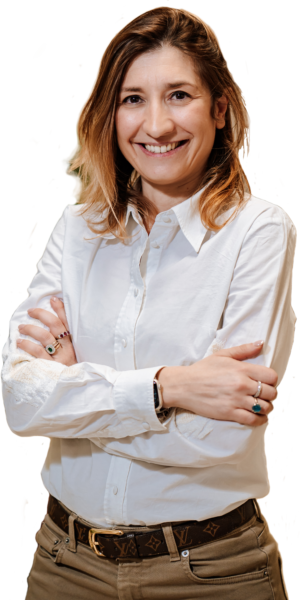
Michela Starace
Researcher, Department of Experimental, Diagnostic and Specialty Medicine – DIMES, Academic discipline: MED/35 Dermatology and Venereal Diseases; Head of Hair, Nail and Allergy Consultation at Sant’Orsola-Malpighi Hospital, University of Bologna.
- Assistant in the degree course in Podology and in the degree course in Single Cycle Degree/Combined bachelor and Master in Medicine and Surgery (Infectious Diseases, Dermatology and Plastic Surgery)
- Responsible for the Dermatologic Unit of the submission of all the studies to the local Ethic Committee
- Principal responsible of the organization of the National Alopecia Areata Day in Italy
- RdQ of School of residency in Dermatology and Venerology at the Department of Specialized, Experimental and Diagnostic Medicine, Dermatology- IRCCS, Policlinico Sant’Orsola, Alma Mater Studiorum, University of Bologna, Italy
Scientific publications
Dr. Starace is Author of 180 Papers published on International and Italian Journals and 25 book’s chapter

Michela Starace
Researcher, Department of Experimental, Diagnostic and Specialty Medicine – DIMES, Academic discipline: MED/35 Dermatology and Venereal Diseases; Head of Hair, Nail and Allergy Consultation at Sant’Orsola-Malpighi Hospital, University of Bologna.
- Assistant in the degree course in Podology and in the degree course in Single Cycle Degree/Combined bachelor and Master in Medicine and Surgery (Infectious Diseases, Dermatology and Plastic Surgery)
- Responsible for the Dermatologic Unit of the submission of all the studies to the local Ethic Committee
- Principal responsible of the organization of the National Alopecia Areata Day in Italy
- RdQ of School of residency in Dermatology and Venerology at the Department of Specialized, Experimental and Diagnostic Medicine, Dermatology- IRCCS, Policlinico Sant’Orsola, Alma Mater Studiorum, University of Bologna, Italy
Scientific publications
Dr. Starace is Author of 180 Papers published on International and Italian Journals and 25 book’s chapter
Participant interviews
Main Sponsor
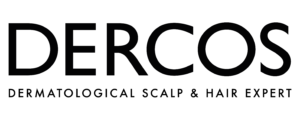
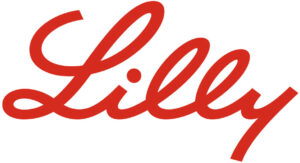
Sponsor
![]()

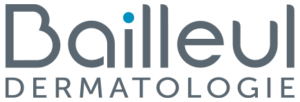

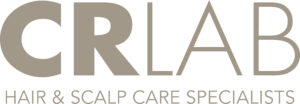



Contact us
Organizing Secretariat

